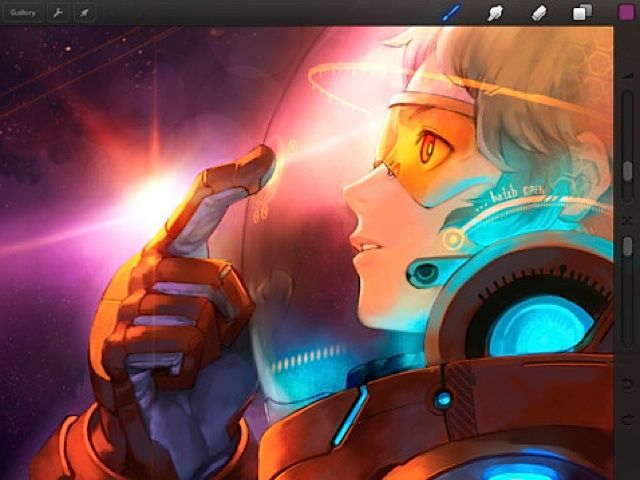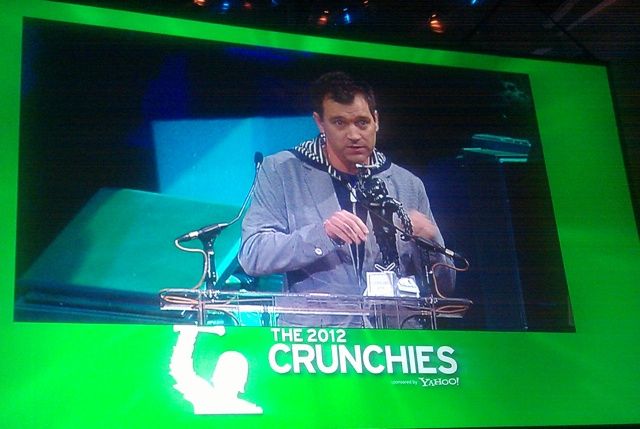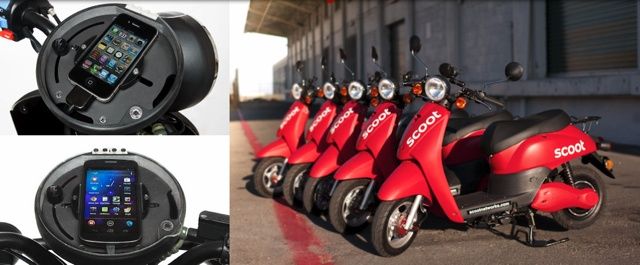Apple recently rose above Coca-Cola to become the most valuable brand in the world according to Interbrand, a corporate identity and brand consulting company that ranks companies on criteria including financial performance.
One of the things that stands out about the Cupertino company is its resistance to gamification. Gamification is turning work into play – any activity where you collect points, get a ranking and get something in return. And most of us are all too happy to play along, turning our daily lives into an epic quest for popularity or to get something more (anything!) than what we actually pay for.
You might start your day out putting a latte on your Starbucks Rewards Card, so that in addition to getting caffeinated you’re also on the way to free refills or food. While you’re waiting for the barista, you check your Twitter feed. How many new followers you have you got? Has your Klout score – whatever that really is – gone up? You stop to get gas for the commute to work – the first screen at the pump asks whether you’re a Safeway Club member. Are you? Then your full tank might earn discounts on that ciabatta you buy on the way home. At work, you book your conference tickets with the airlines you have the tallied the most frequent flier miles on, compare “likes” on your Facebook posts and get lunch with a Groupon.
It comes as a relief – to me, at least – that Apple doesn’t do loyalty programs, points schemes or offer fire sales.
Apple wants to sell you insanely great devices, that’s it. They sell on the strength of the product, not something else they throw in for good measure to make it seem more appealing or a better deal. They run very few contests – like the iTunes $10,000 blowout for the 10 billionth download – and have never offered rewards cards. Apple has long offered discounts to schools, but that’s about it. The MacBooks, iPods, iPhones do not ever go “on sale,” in the way that other companies slash prices when products head down the inevitable road to obsolescence.
Compare this to Coke, which topped the brand list for 13 years in a row before falling flat to Apple. Coke has a website, intended to make its product go down better with worried parents, called “My Coke Rewards School Donations” program. If you participate, the Atlanta-based corporation will “donate points to your school, so it can get rewards like art supplies and sports equipment, and support all the ways kids play.” Sounds good right?
But as Nassim Nicholas Taleb points out astutely in “Antifragile,” you only need marketing for things that no one wants or needs. Coke (or Pepsi, he adds) are in the “business of selling you sugary water…causing diabetes and making diabetes vendors rich thanks to their compensatory drugs.” So they must “dress up their companies with a huge marketing apparatus with images that fool the drinker.”
I would add that gamification is only necessary for stuff that no one really wants or needs, too. In the case of the Coke rewards program, for example, you are buying Coke to earn points so that the fizzy drinks company donates sports equipment to your child’s school. It would certainly be easier to buy sports equipment for your school directly than stocking up on Coke, collecting and turning in the points then waiting for the corporation to buy the equipment for you. The “money for nothing” aspect of gamification that we now accept everywhere makes it more difficult to see what we’re actually getting in return for purchases.
Fortunately, Apple doesn’t bother. And it’s probably for our own good. A few years back, an April fool’s joke proposed an Apple loyalty scheme that involved getting a company tattoo in exchange for a lifetime 25% discount. Given the fierce loyalty that the company inspires, they might go bankrupt if they tried to honor it.
This post contains affiliate links. Cult of Mac may earn a commission when you use our links to buy items.
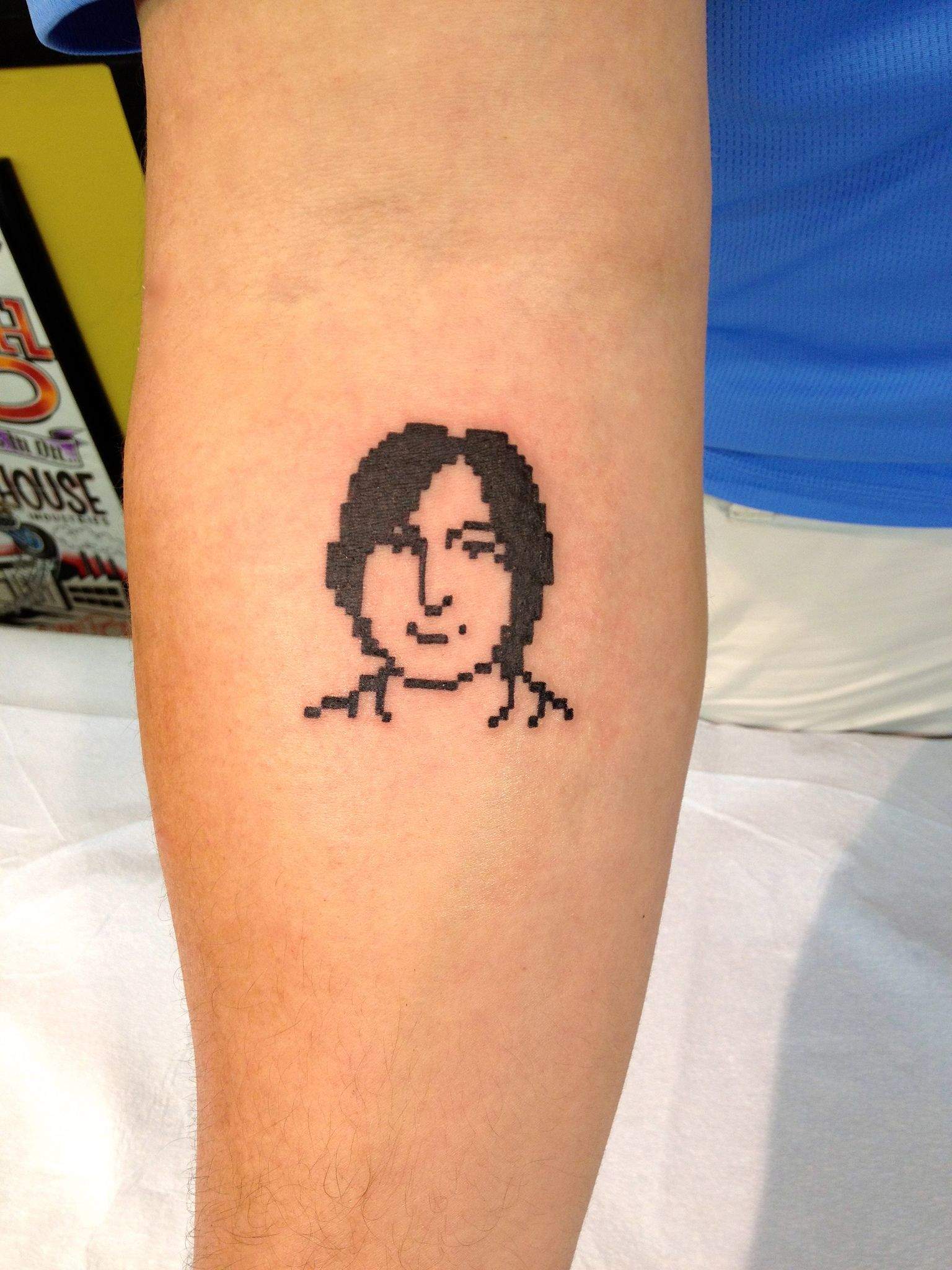
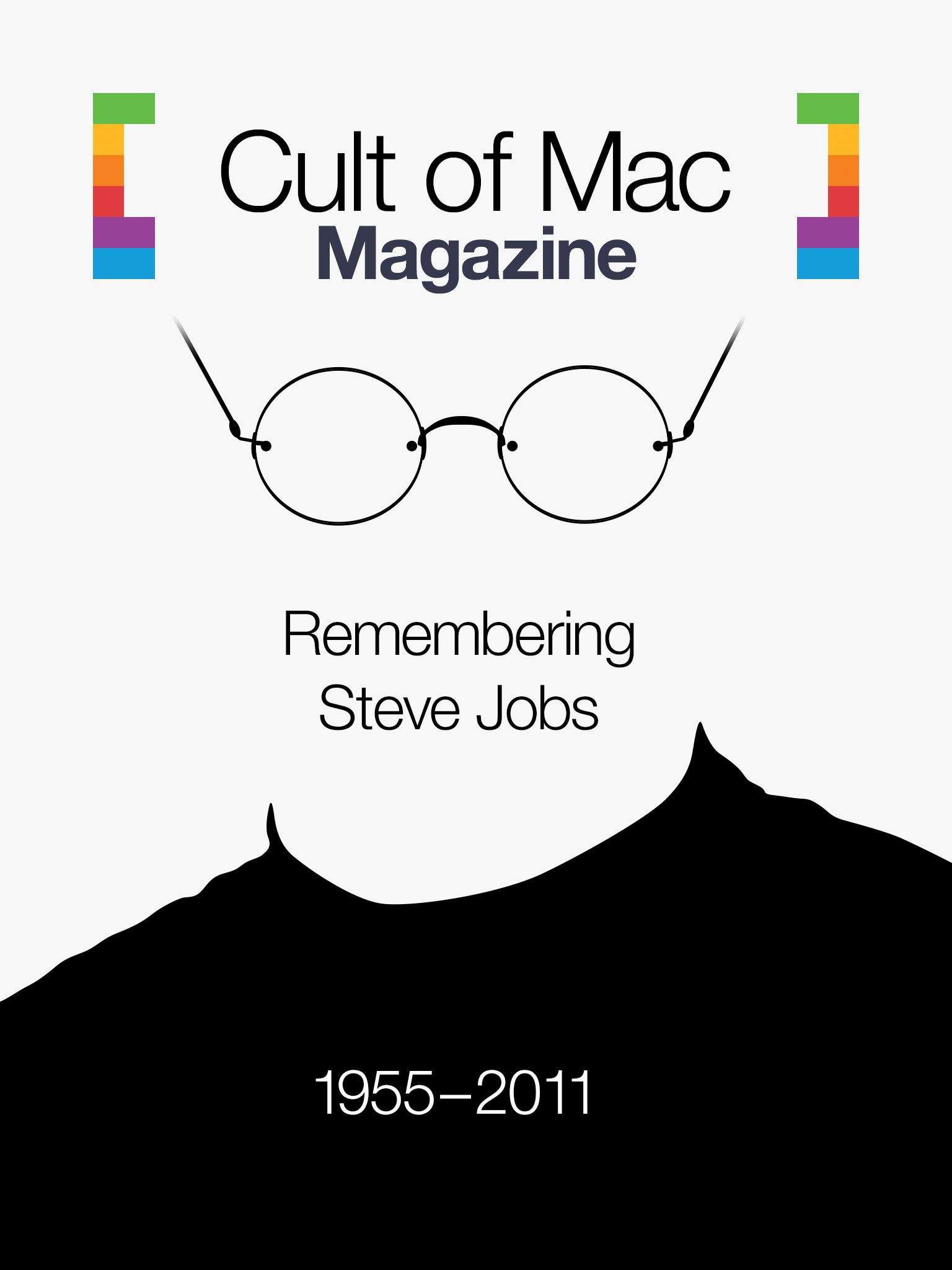
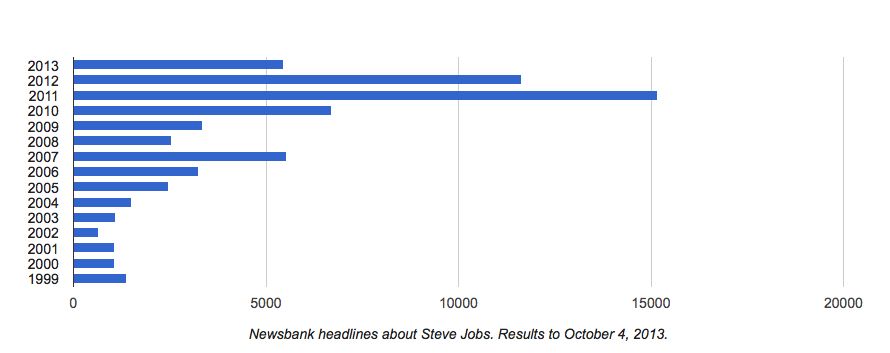
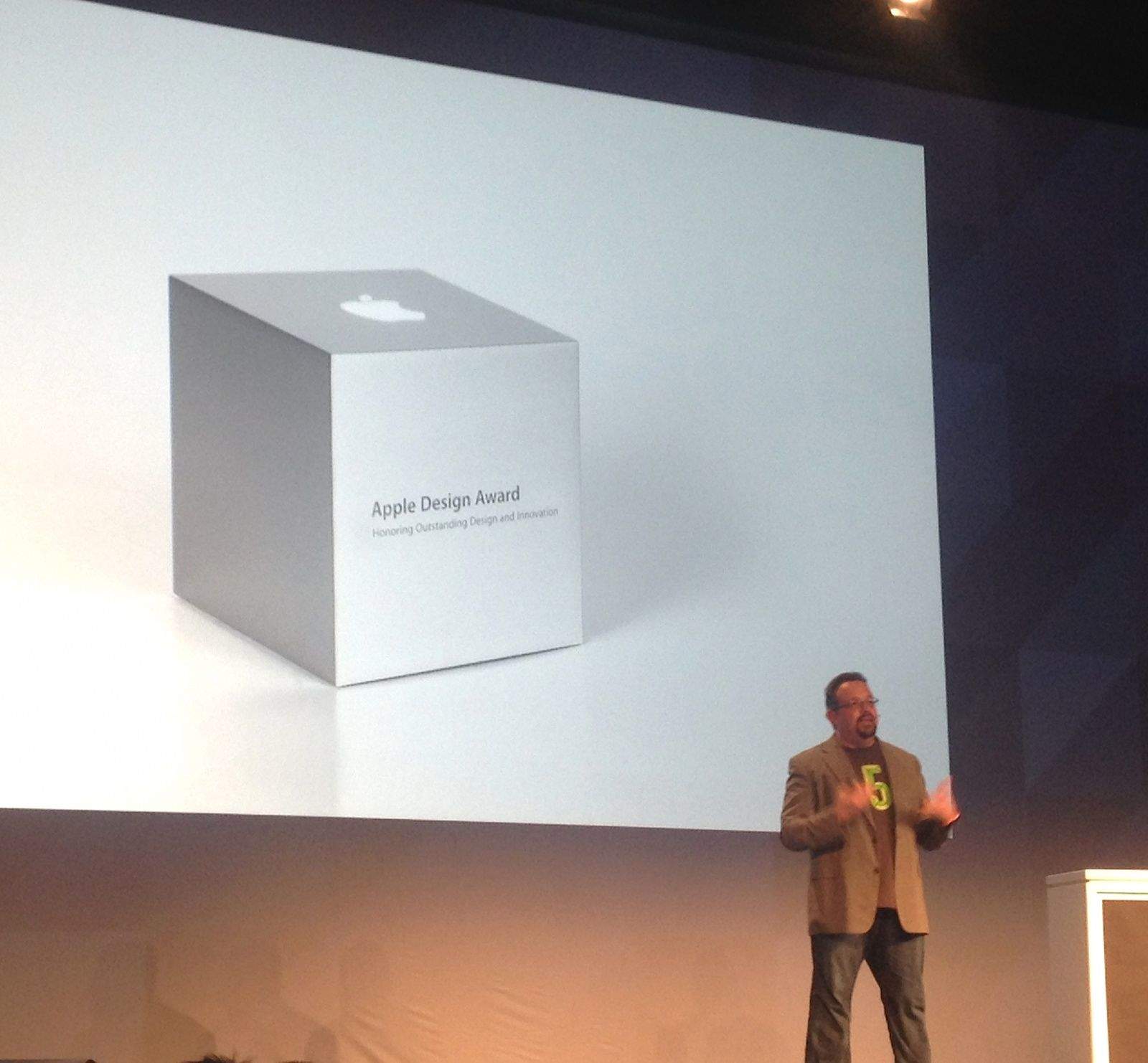
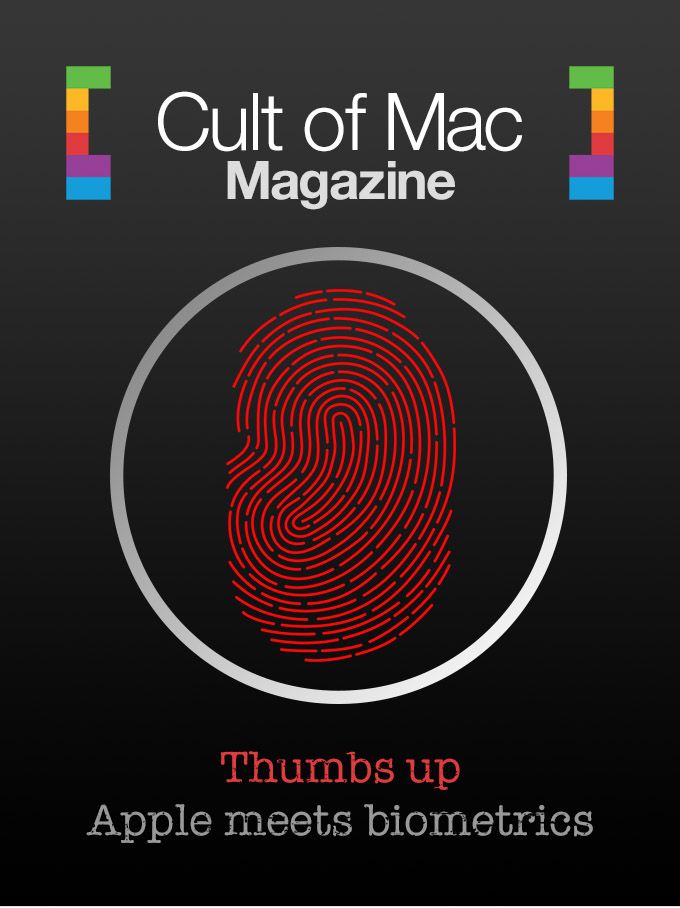
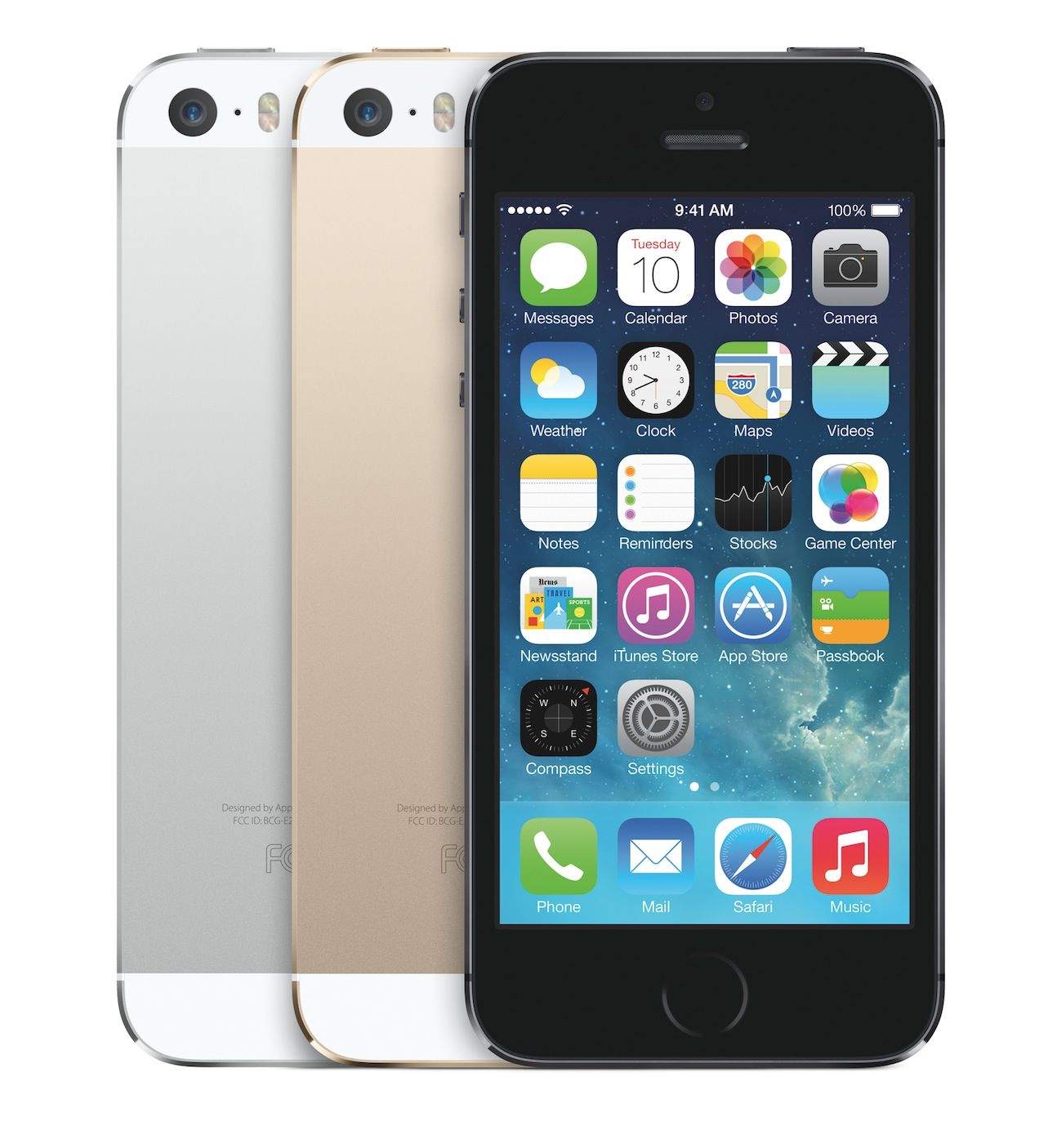




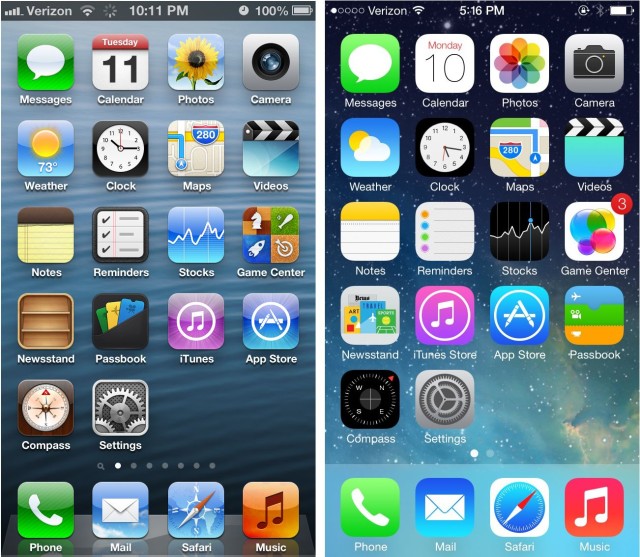
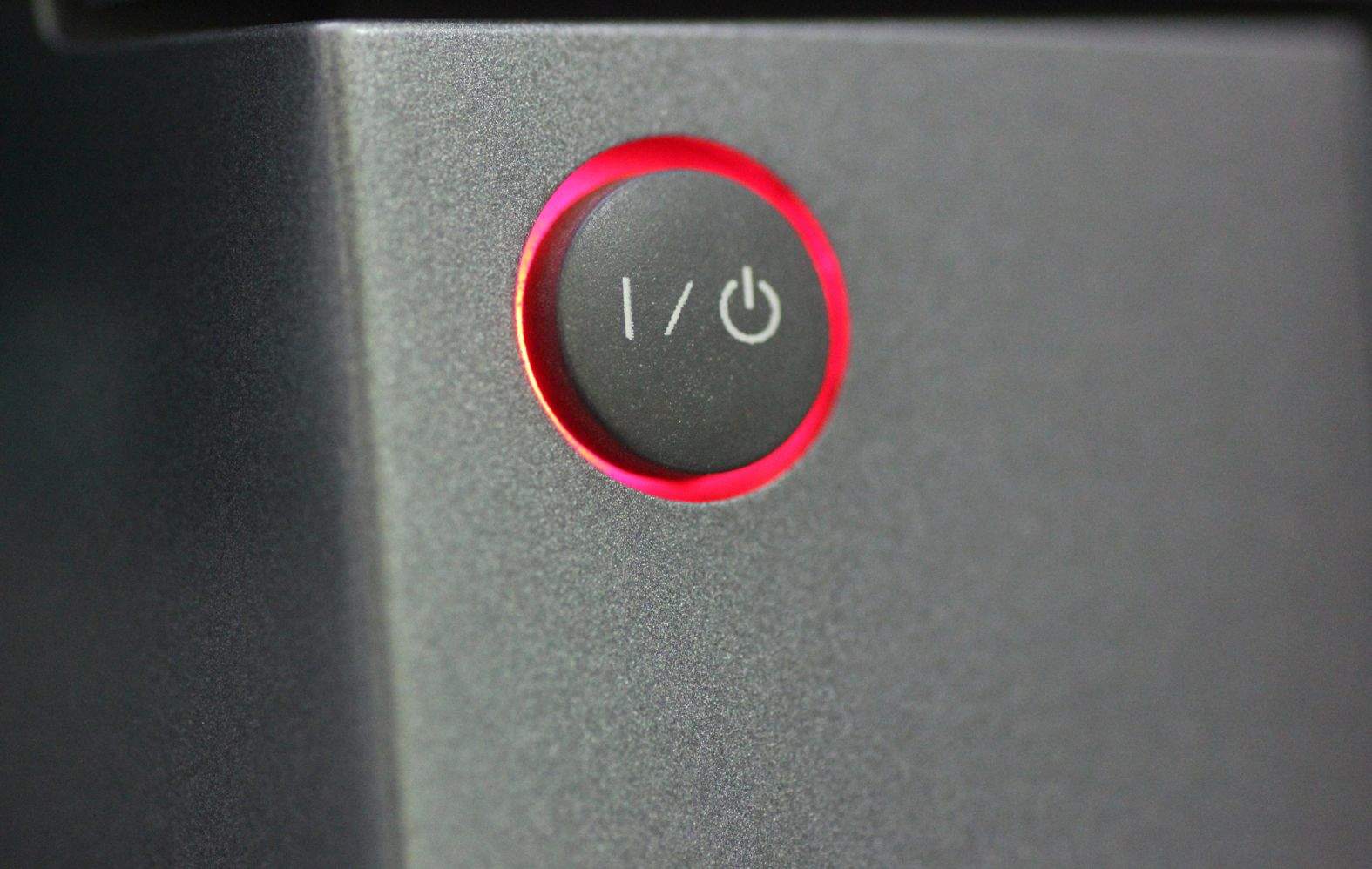
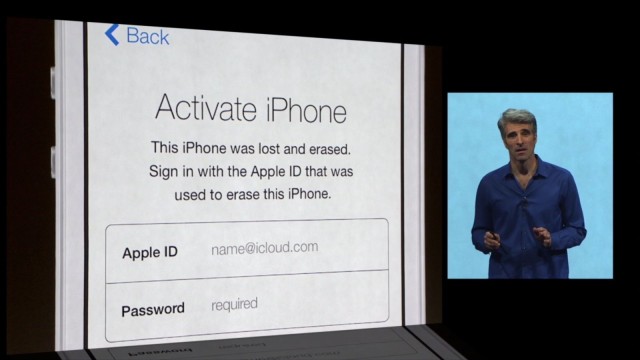
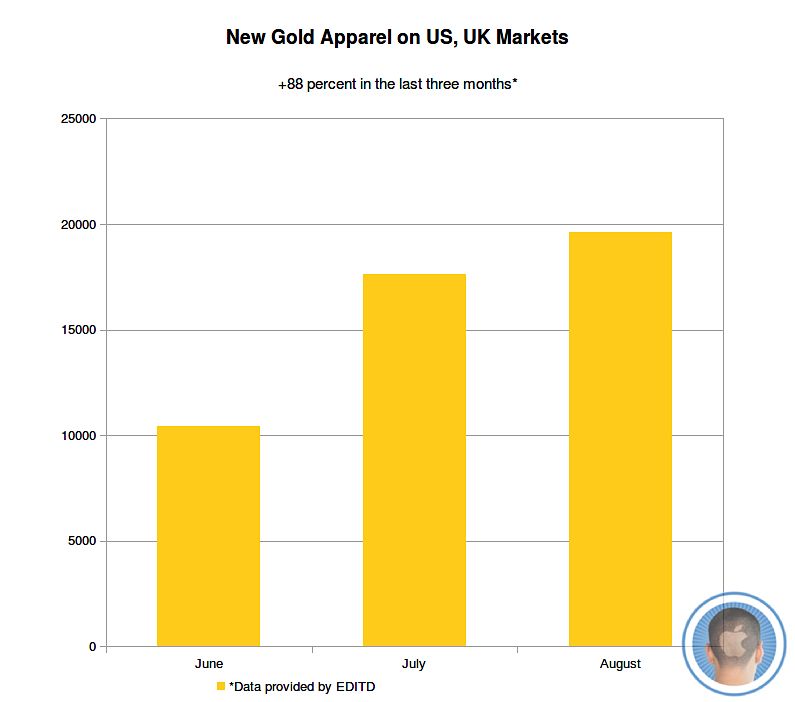
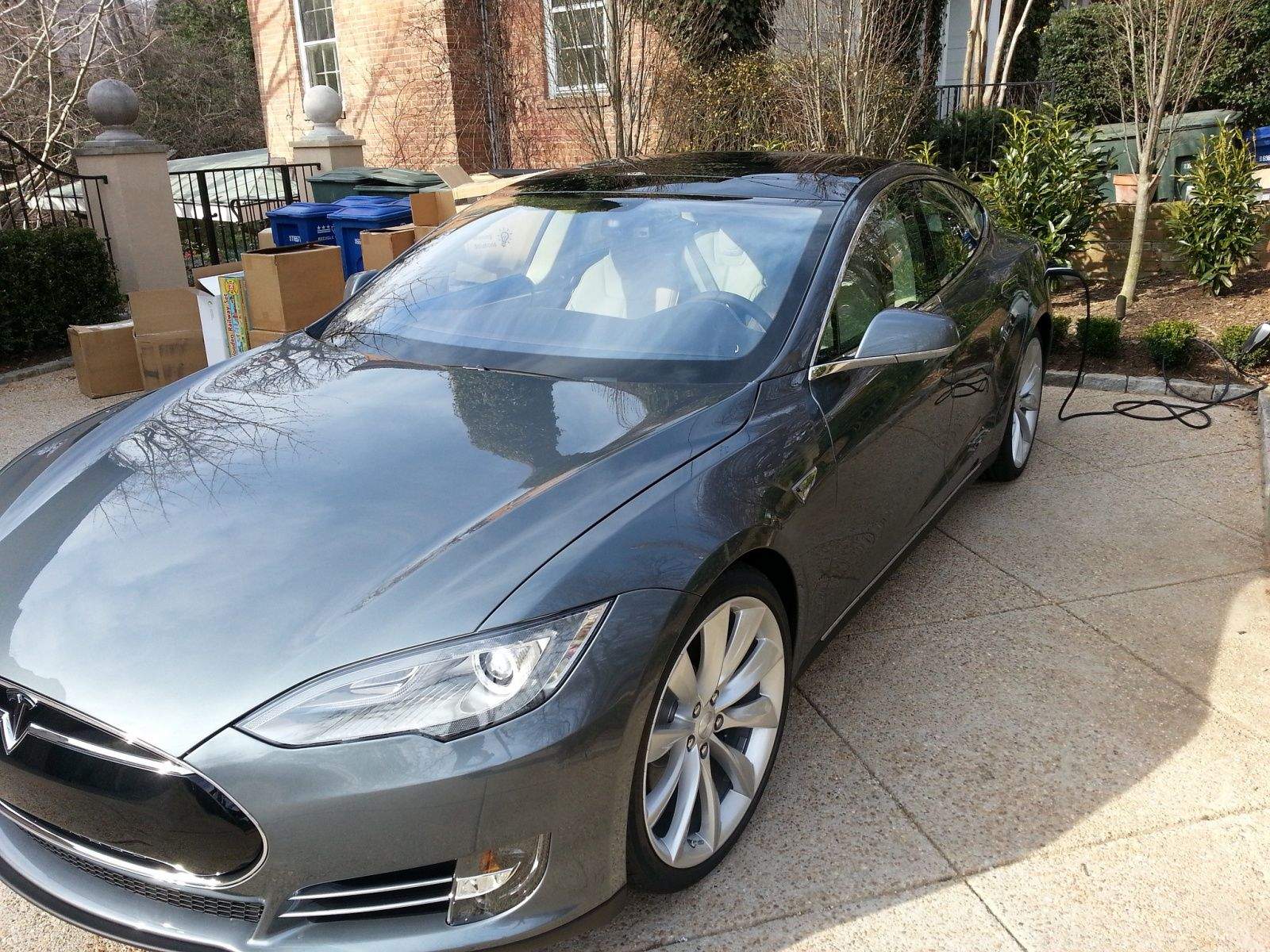
![Here’s Why It’s Not Too Soon For A Good Steve Jobs Biopic [Infographic] Ashton Kutcher (left) plays the late great Apple leader in new biopic Jobs.](https://www.cultofmac.com/wp-content/uploads/2013/08/Steve_Jobs_biopic1.jpg)

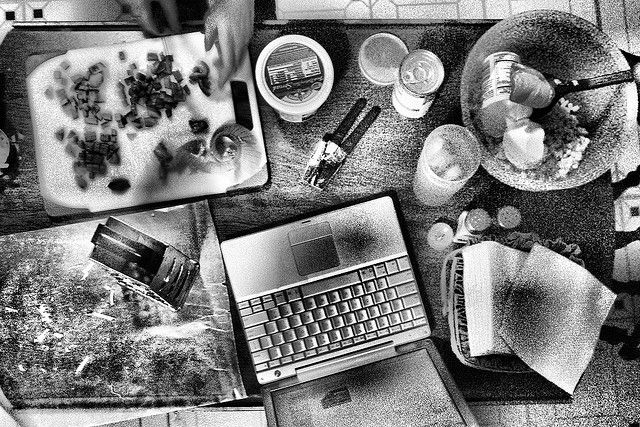
![Why Apple Owes Us Real Transparency About PRISM [Opinion] ispy](https://www.cultofmac.com/wp-content/uploads/2013/06/ispy.jpg)
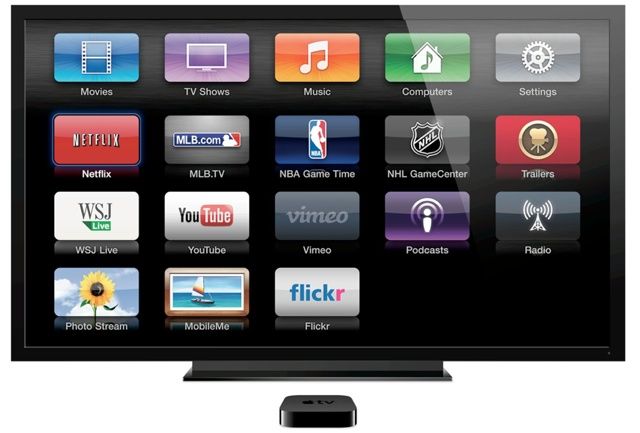
![Five Ways To Speed Up Your iOS Apps [AltWWDC] Collin Donnell at AltWWDC.](https://www.cultofmac.com/wp-content/uploads/2013/06/kev3.jpg)

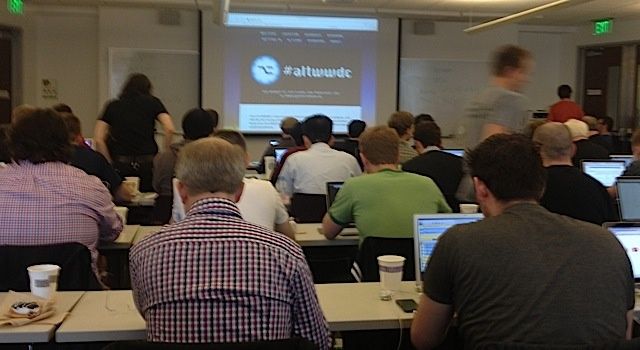
![Top 8 Things To Do In The Bay Area During WWDC 2013 [Feature] wwdc13](https://www.cultofmac.com/wp-content/uploads/2012/06/wwdc132.jpg)
![No WWDC Ticket? You’re In Good Company At AltWWDC [Interview] Full house: last year's inaugural AltWWDC.](https://www.cultofmac.com/wp-content/uploads/2013/06/altwwdc.jpg)
![Here’s Where Your iPhone Got Lost Or Stolen [Feature] lostiphone4](https://www.cultofmac.com/wp-content/uploads/2013/04/lostiphone4.jpg)
